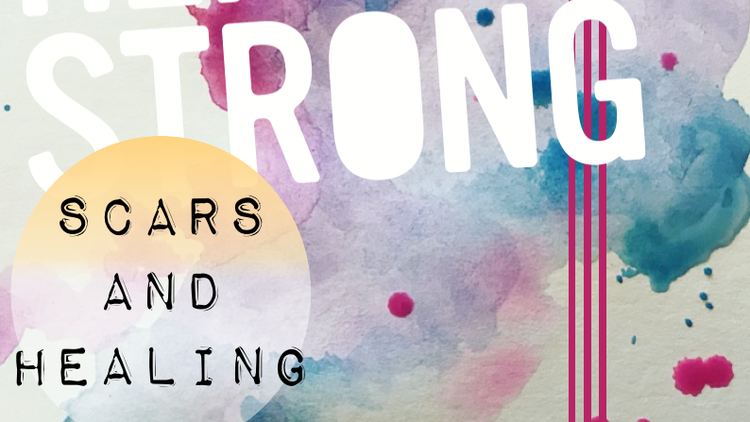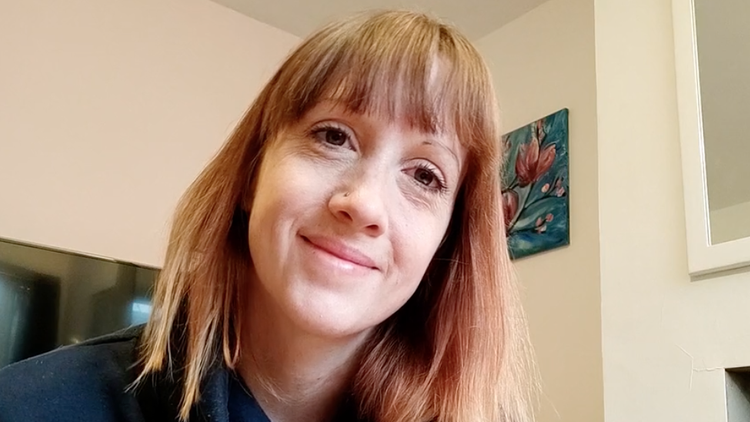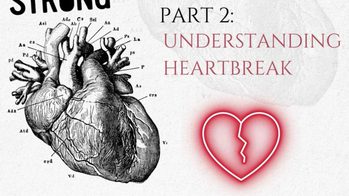Living with self-harm scars
What can we do about the scars that self-harm leaves behind?
Let’s talk scars.
We all have scars, they are a natural part of our body’s healing process and created as our body builds skin tissue to repair damaged skin due to an injury.
In some ways they can be seen as a visual record of what our bodies have been through and the events we’ve recovered from.
When it comes to self-harm, it only takes a single act of self-harm to potentially leave a life-long scar on your body and can emotionally serve as a reminder of a difficult time you experienced. Some people may struggle with self-harm for many years and it may take the form of a behaviour that routinely leaves large expanses of scarring- so what can be done to reduce the appearance of scars?
Essentially, when it comes to scars- they are permanent. They may fade greatly over time but they will never go away completely. There are, however, things that can be tried to help reduce their appearance and we wanted to highlight a few things you could try to help.
Firstly, and before we get into the details- it’s important to highlight that a scar may seem huge to you but may in fact be much less obvious to others, so try and see yourself as you should: you are a survivor, and there is nothing wrong with how you look.
Oils and Creams
There are a variety of difference oils and creams available in high street stores, which are designed to reduce the appearance of scars and other skin conditions, such as stretch marks. Some stretch marks are naturally occurring, while others may be the result of pregnancy or a sudden increase of loss of weight. We cannot endorse individual products, but research suggests that some brands do make a significant difference in helping scars to heal and fade. If nothing more, the act of rubbing in creams can be very therapeutic and help you to feel more connected with your body. Talk to a pharmacist for more information.
Tattoos
Some tattoo artists will have worked with people recovering from self-harm and covering scars with a memorable tattoo is one option. It is not always possible for scars to be covered completely, especially if the skin is uneven, and of course you need to be sure you actually want a tattoo as you are essentially covering one thing with something else – tattoos can be difficult (and often painful) to have removed. If you do decide to have a tattoo, make sure you visit a reputable artist who only uses sterile instruments and is able to show you evidence of his/her qualifications and previous work.
Make-Up
Special concealers designed to camouflage skin imperfections have been developed for people wishing to cover scars and burns from serious accidents and house fires, and they are increasingly being made available to people who are recovering from self-harm. The concealers are unlike the make-up you might buy for normal use on your face - they are much heavier and extremely robust in water, which can enable you to go swimming. It's important to have a consultation when looking at make-up options so you can be 100% sure you are not only using the correct shade, but that you are also fully informed about how to use it. As with many things, practice is key, so don't be disheartened if your first few attempts appear to make little difference. If you are interested in finding out more, speak to an understanding GP or read more online.
Surgery
In extreme cases you may qualify for cosmetic surgery, or elect to pay for it to be done privately. Surgeons can perform skin grafts over especially scarred areas, especially those caused by burns. Large scars that have not healed well can sometimes be tidied up. While surgery can ‘improve’ how scars are seen, it cannot remove them completely, and sometimes self-harm scars will simply be replaced by those from the surgery itself.
Scar Acceptance
All these methods may help you disguise or reduce the appearance of scars, but it's important to remember that scars are permanent and learning to accept your scars is an important part of recovery. Your scars are important as they signify a stage of your life that was difficult, and can become reminders of the stronger person you have become. Learning to see your scars positively is not easy, but often the biggest hurdle is dealing with other people. Society still struggles with self-harm and makes certain assumptions about the people who go through it. This is massively unfair and is something we are working hard to change. Your scars are nothing to be ashamed of - if others find it hard to accept them then that’s their issue, not yours. Don't ever feel you have to justify who you are.
Further Advice
For more information about how to deal with scars please watch our videos called Scars and healing and our YouTube video Summer with Scars.

Summer with scars- Livestream
The Alumina team are back to talk about the practical and emotional challenges of living with scars when summer hits. Watch the YouTube session here.

All about ANXIETY - part 3
All about ANXIETY
Anxiety is a healthy emotion - but what do you do when it goes ROGUE? In part 3 of our series all about ANXIETY Kate explains what causes panic attacks (and how to deal with them), and when you need to get help with anxiety that is causing problems.

All about ANXIETY - part 2
All about ANXIETY
How do you get rid of anxiety when it flares up? We so often feel like all we need is a bit of reassurance - but what when that only helps short term? And what when you KNOW your anxiety is irrational - but that doesn't make it go away? In this second part of our series all about ANXIETY, Kate explains why its all about the right kind of reassurance, and shares three tips for getting rid of an anxiety flare.

All about ANXIETY - part 1
All about ANXIETY
Anxiety can feel like it is all around us - especially in exam times, or when life throws challenges at us. But WHY do you feel so anxious, what is anxiety FOR, and how do you feel LESS of it? Kate answers some questions we've had in all about ANXIETY!

Scars and Healing
Many of us have scars and summer can be a time where we feel more self-conscious of people noticing them. Lois gives us some practical advice around how to not just look after scars and see them as part of your life's story but also how to disguise them if you need to.

Joy draws anxiety
Joy explains how she experiences anxiety and shows us works her way through it with pens and paper.


